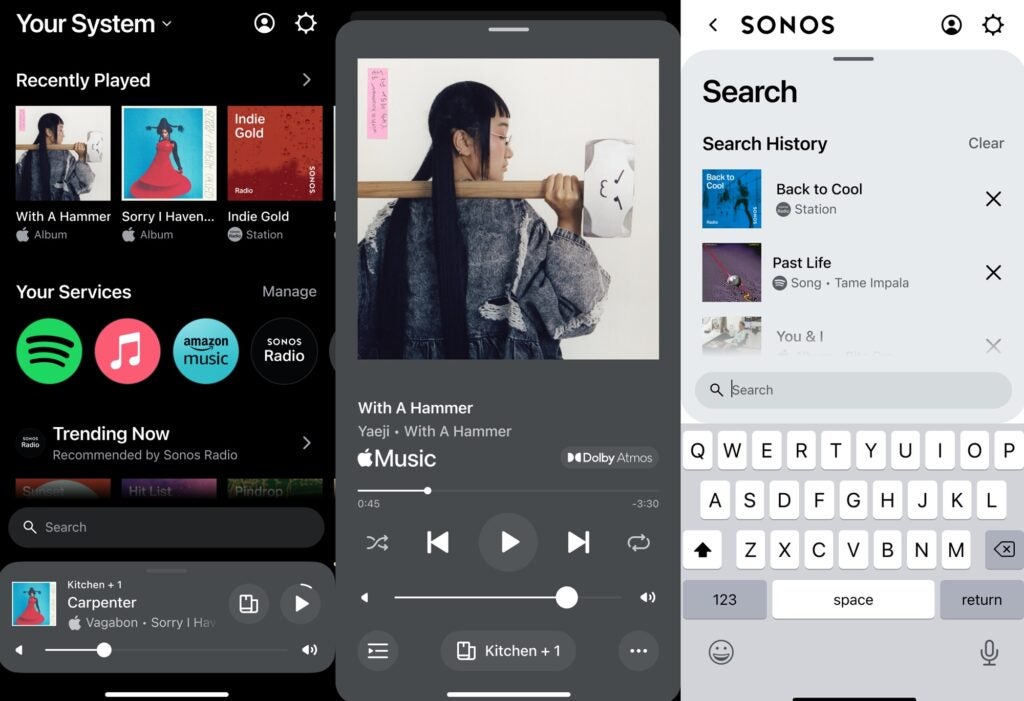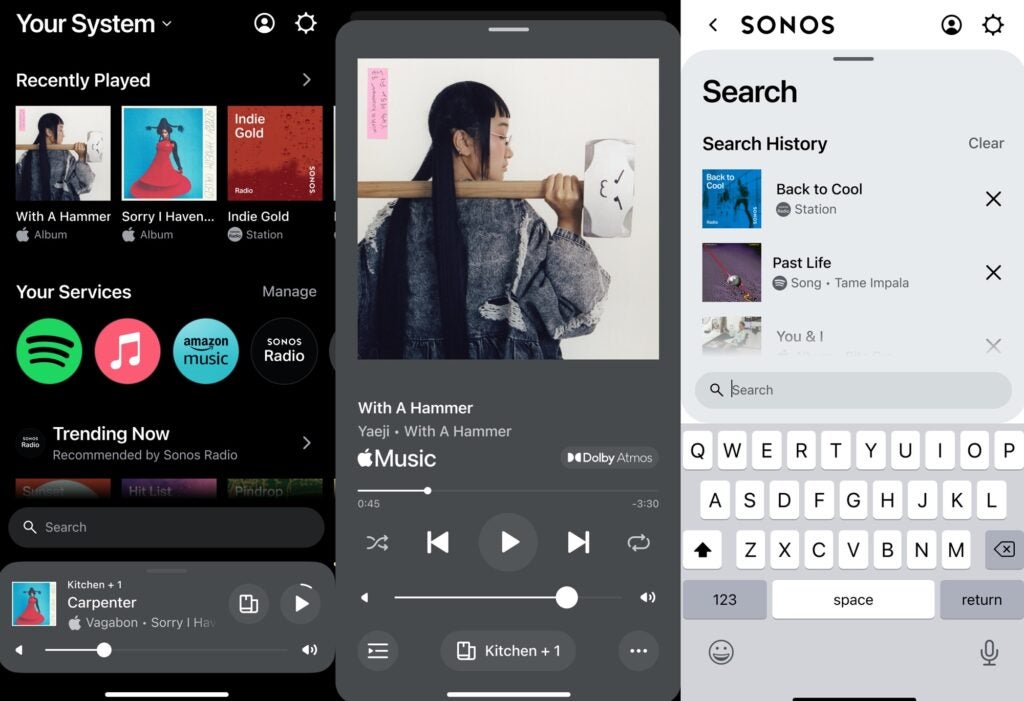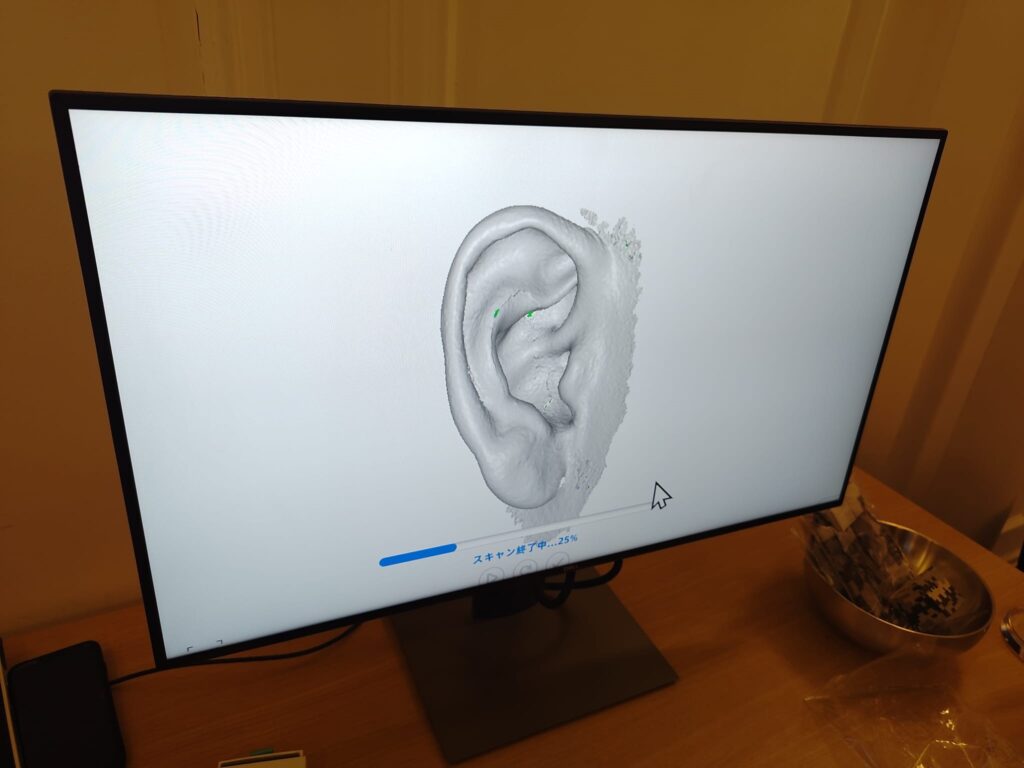
OPINION: If you could plot the future of where audio devices are going, it’d be a line that splits into various branches. There might be some overlap and some convergence, but it seems that audio brands all have different ideas of what the future will be.
Some have jumped down the direction of wearable audio, some believe immersive audio will be the breakout feature, and others place their faith in delivering true lossless high fidelity audio on the move.
What’s occurred to me in the last few weeks is how personalisation is also driving the direction of headphones, wireless speakers, and even apps.
First up was the news of Sonos’ relaunching its S2 app. It’s no surprise that with so many music streaming services out there, some are beginning to get flustered. If you subscribe to more than one, how do you keep all your favourite tracks together in one place?
That’s what Sonos aims to achieve with its revised app that’s coming in May. It’s made personalisation and customisation key to the experience, as well as simplified and streamlined the app. There’s no jumping from tab to tab to perform various functions – it’s all consolidated into one home screen. And now you can pin albums, songs, and playlists to that home screen, making it faster and easier to get back into the music you like.


And it makes sense. With so much ‘content’ available to wade through, having choice actually feels overwhelming. Don’t you find it annoying when you open the Netflix app and then spend minutes if not longer scrolling for something to watch before giving up? By making you the curator of your own experience, you’re in charge of what you want.
So there’s the one side in terms of the app and service experience that’s putting personalisation at the forefront. The other aspect I want to talk about is the hardware itself.
Recently I was invited to a demonstration by Japanese brand Final Audio to peek at its technology that could make a sound profile unique to you. Final Audio calls it Timbre Physical Personalization, which I’ll try to simplify as being about how we hear sounds and how our brains interpret those sounds.
In the first session, a virtual version of my head and upper torso was made, as well as a scan of both my ears to create an ‘Acoustic Avatar’. The second session was conducted with me in the UK and technicians in Japan where I listened to a track multiple times to see if I could hear any differences.


Sometimes the loudness, tone and pitch of sounds changed, other times I could barely hear a difference, but that’s not a problem. Our ears are all different, and it’s about what you can hear rather than overly focusing on what you think you can hear.
What Final is getting at is creating a sound profile, or timbre, that reflects how you hear the world. You’ll see a lot of manufacturers focusing on tone – bigger bass, brighter highs, neutrality, crispness etc but that’s reflective of the brand’s own tastes in tuning. Sony will have a different taste, Bose will have a different philosophy, Bowers & Wilkins have its own approach, and so on. Final’s perspective on the matter is that it wants to remove the philosophy from the equation and echo how you hear the music, not impart how they think music should be heard.
It’s not necessarily a new idea, there have been a lot of acoustic hearing tests in apps, but the method and the depth of the scanning of my body takes it to a whole new level that I’ve not seen before.
Both what Sonos and Final are doing show that personalisation is coming to the fore. We’ve always had that aspect of personalisation and customisation with apps, such as fine-tuning the ANC, swapping out voice assistants or changing the controls; but this feels like a step forward, and potentially a sign of brands relinquishing control over the wheel and putting you in the driver’s seat.






